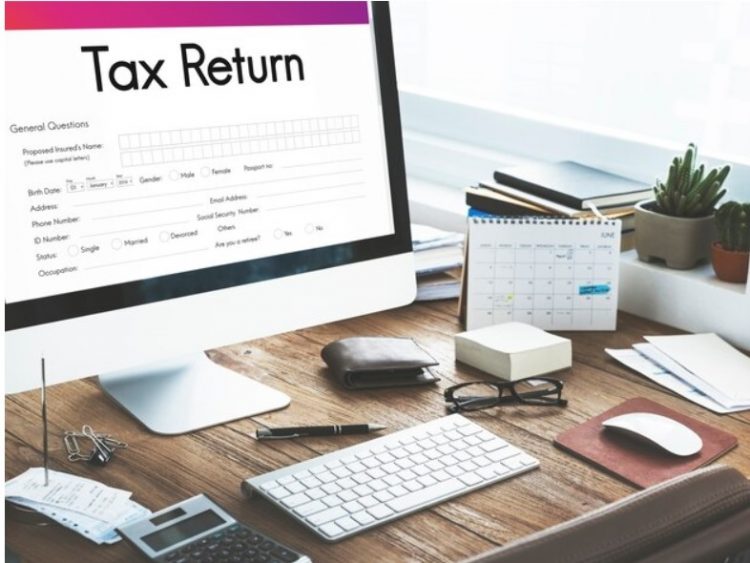The process of filing a self-assessment tax return in the UK may seem daunting, but with the right guidance, it can be a manageable task. From understanding the tax system to completing the necessary forms, here are the top 10 tips to help UK citizens navigate the self-assessment process smoothly.
I. Introduction
Filing a self-assessment tax return is a crucial responsibility for UK citizens. It ensures that individuals accurately declare their income and contribute to the nation’s finances. In this article, we’ll explore essential tips to make the process less perplexing and more manageable.
II. Understanding the UK Tax System
The first step in successfully filing your self-assessment tax return is understanding how the UK tax system operates. The self-assessment model requires individuals to report their income and any other relevant financial details to Her Majesty’s Revenue and Customs (HMRC).
III. Gathering Necessary Documents
Before diving into the tax return form, gather all the necessary documents. This includes income statements, expense receipts, and any other supporting documentation. Organising your records beforehand will save time and reduce the risk of errors.
IV. Registering for Self-Assessment
If you haven’t registered for self-assessment, it’s crucial to do so. Online registration is a straightforward process, but it’s essential to avoid common mistakes during this step, such as providing inaccurate information.
V. Deadline Awareness
Missing the tax return deadline in the UK can result in penalties. Be aware of the submission deadline and plan to ensure you have ample time to complete and review your tax return before the due date.
VI. Income Declaration
Accurately declaring your income is fundamental to a successful tax return. Clearly list all your income sources, including employment, self-employment, and additional sources like rental income.
VII. Claiming Deductions
Take advantage of eligible deductions to reduce your taxable income. This could include business expenses, charitable donations, or other allowable expenses. Maximising deductions can result in significant tax savings.
VIII. Utilising Tax Credits
Explore available tax credits that you may be eligible for, such as childcare or working tax credits. Understanding and claiming these credits can further reduce your overall tax liability.
IX. Completing the Tax Return Form
Filling out the tax return form can be intricate, but taking it step by step will make the process more manageable. Be cautious of common errors, such as entering incorrect figures or omitting information.
X. Reviewing and Submitting
Before submitting your tax return, thoroughly review all the information. Check for any discrepancies or errors, ensuring that your submission is accurate. Once confident, securely submit your tax return to HMRC.
XI. Seeking Professional Help
If you find the process overwhelming or have complex financial situations, consider seeking professional assistance. Tax advisors can provide valuable guidance, ensuring your tax return is completed correctly.
XII. Dealing with HMRC Queries
In case HMRC has questions or requests additional information, respond promptly and accurately. Clear communication with HMRC is essential to avoid complications and potential penalties.
XIII. Avoiding Common Mistakes
Common mistakes in self-assessment include miscalculations, overlooking deductions, and forgetting to sign the form. Be aware of these pitfalls and take steps to prevent them.
XIV. Staying Informed About Tax Changes
Tax laws can undergo changes, affecting your filing obligations. Stay informed about any updates or modifications to tax regulations through reliable sources to avoid surprises during the filing process.
XV. Conclusion
Filing a self-assessment tax return can be a straightforward process with careful planning and attention to detail. By following these top 10 tips, UK citizens can navigate the complexities of the tax system with confidence.









